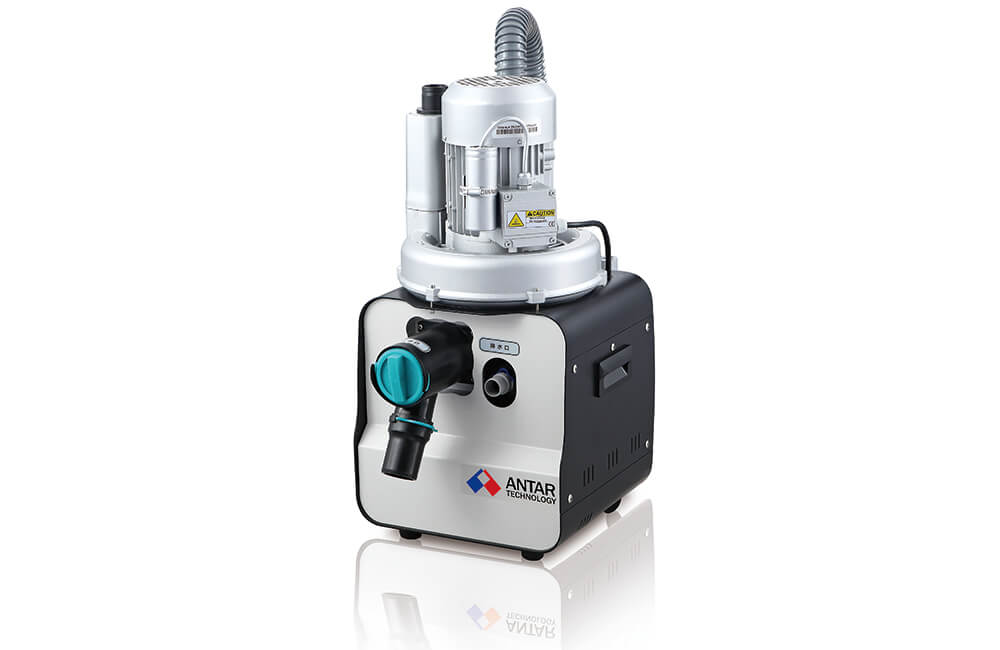Why Dental Suction Pumps Matter: Ensuring Clean and Efficient Dental Practices
The advent of dental suction pumps has revolutionized the landscape of modern dentistry, significantly enhancing infection control measures and streamlining clinical procedures. In this article, we delve into the key benefits and functionalities of these essential tools.
Maintenance Requirements: Selecting a suction pump with manageable maintenance requirements is essential for sustained performance and longevity. Regular servicing and upkeep are integral to preserving functionality.
Compatibility and Integration: Integration with existing dental equipment and workflow is crucial. Choosing a suction system that seamlessly integrates with other instruments enhances operational efficiency and convenience.
1. Introduction to Dental Suction Pumps
What is a Dental Suction Pump?
A dental suction pump is a vital piece of equipment used in dental surgeries to remove saliva, fluids, and debris from the patient's mouth during procedures. It operates by creating suction to effectively and swiftly eliminate waste.Importance in Modern Dentistry
In contemporary dental practices, maintaining a clean and sterile environment is paramount. Dental suction pumps play a crucial role in this aspect by efficiently managing aerosols and preventing the spread of pathogens.2. Key Features and Functions
Suction Flow Rate: An Essential Metric
One of the primary considerations when evaluating dental suction pumps is their suction flow rate. A higher flow rate, such as the impressive 300 liters per minute offered by advanced models, ensures swift removal of aerosol mist and contaminants.Aerosol Elimination: Enhancing Safety
The capability to instantly absorb aerosol mist is pivotal in minimizing the transmission of microorganisms and bacteria, safeguarding both dental practitioners and patients from potential health hazards.Materials and Durability: Ensuring Longevity
High-quality construction using durable materials ensures that dental suction pumps not only perform effectively but also withstand the rigors of daily clinical use, offering longevity and reliability.3. Role in Infection Control
Containing Microorganisms and Bacteria
The airborne particles generated during dental procedures can harbor various pathogens. Dental suction pumps play a critical role in containing these microorganisms, mitigating the risk of cross-contamination within the dental environment.Addressing Health Risks for Dentists and Patients
By swiftly removing aerosols and maintaining a clean workspace, dental suction pumps contribute significantly to reducing the transmission of infectious agents, thus promoting a safer environment for all individuals involved.4. Enhancing Dental Practice Efficiency
Streamlining Dental Procedures
Efficient suction systems facilitate smoother and quicker dental procedures, enabling practitioners to focus on patient care without interruptions caused by excessive saliva or debris.Improving Patient Comfort
Patients benefit from enhanced comfort during treatments as dental suction pumps efficiently remove excess fluids, enhancing overall clinical experience and satisfaction.5. Considerations for Choosing the Right Dental Suction Pump
Suction Power and Capacity: The suction power and capacity should align with the specific needs of the dental practice, ensuring optimal performance across various procedures and patient scenarios.Maintenance Requirements: Selecting a suction pump with manageable maintenance requirements is essential for sustained performance and longevity. Regular servicing and upkeep are integral to preserving functionality.
Compatibility and Integration: Integration with existing dental equipment and workflow is crucial. Choosing a suction system that seamlessly integrates with other instruments enhances operational efficiency and convenience.


